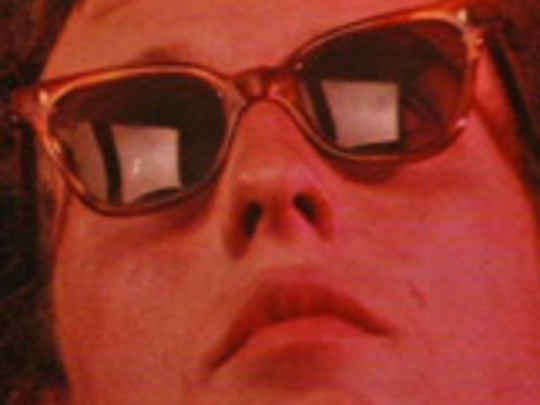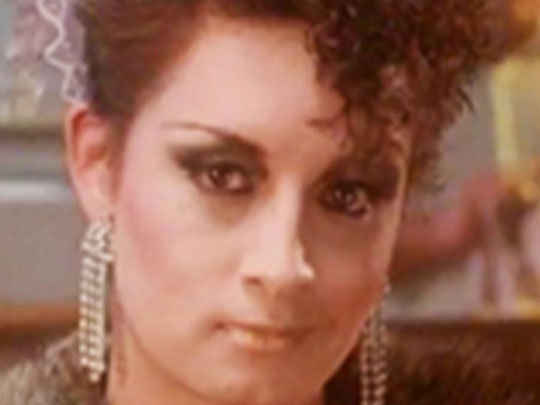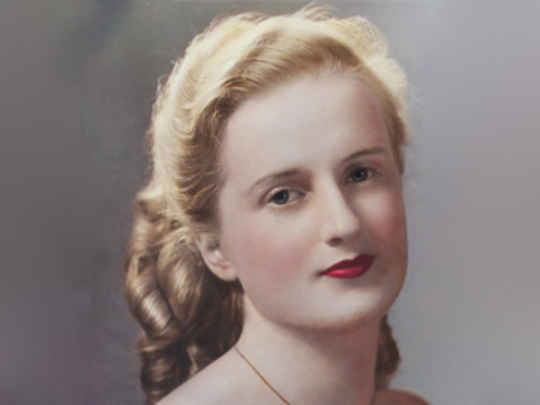This is Nancy Girl. Yeah, she's gay. We've outed you on film!
– Photographer Fiona Clark talks about, and to, her pet goat
I think they think I'm a bit of a mad woman, actually.
– Fiona Clark on what she feels other people think of her
People associate me with images more than my own persona. That's the most powerful thing I can leave.
– Fiona Clark on the power of her photography
Up in Auckland I got a job working the late shift at a little bar on the waterfront called the Ca d’Oro and met a new community of people, many of whom I formed a strong bond with over the next few years, and I wanted to record us hanging out, going to parties or each other’s flats. I felt it was a world people needed to understand and I would be the one to capture it.
I was part of that world, too. I was told I was a ‘femme’ amongst the group. In those days you were either butch or femme. Femmes wore lipstick and dresses and never went to the bar themselves because they were bought a drink. There were even separate butch and femme toilets in lesbian clubs. Labelling was quite simple at that time: you were either a gay man, a gay woman or doing drag. There wasn’t a huge choice. People didn’t want to say homosexual because that meant illegal – you could be arrested for homosexuality back then.
– Excerpt from an autobiographical text by Fiona Clark, Te Papa website
The gay and drag scene around K Road was very small in those days. Mojo’s (on the corner of Queen and Wakefield Streets) was really the only drag performance club. I developed a sense of the history of what I was doing: I would make people private photo scrapbooks, reproducing copies of their one-off polaroids which most photographic labs would have destroyed or censored for being ‘illegal’ or ‘offensive’, in exchange for some of the very early historical images. That’s how I found there had been earlier clubs dating back to the 1960s. Everything to do with being gay or camp, or expressing sexuality in a different way, was illegal. People were being arrested all the time, mocked and beaten up for their gender, plucked off the street, thrown in the back of cars and ‘dealt’ to. Most of the people in my early photos died young. The deaths were sad and often brutal.
– Fiona Clark on the realities of being homosexual in 1960s and 70s New Zealand, Te Papa website
Portraying us as sad creatures, unfortunate, irrational, mad or bad, still gives excuses to those who cannot bring themselves to say and accept — the notion of a queer culture and community or as different.
– Fiona Clark on her hopes for the future of New Zealand's queer community, interview with GayExpress magazine, November 2021










